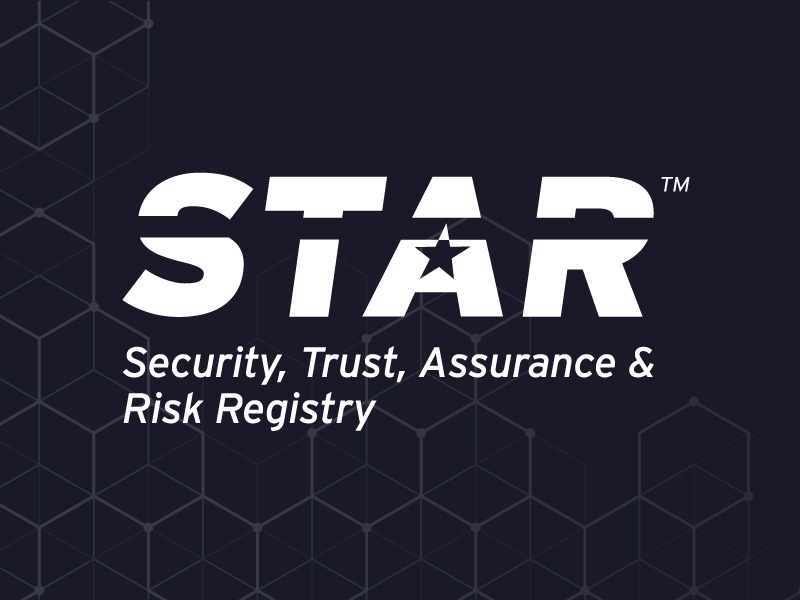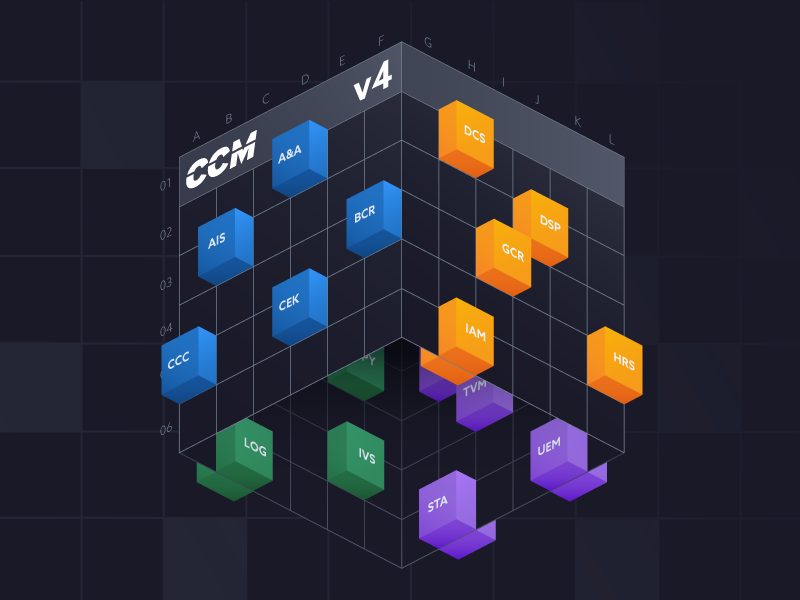One AI System, Ten Different Regulators: Navigating GenAI’s Global Patchwork of Laws
Published 05/28/2025
Written by Olivia Rempe, Community Engagement Manager, CSA.
Innovative companies are building powerful Generative AI systems—only to find that their compliance obligations change every time they cross a border.
From Europe’s sweeping GDPR and EU AI Act, to California’s CCPA/CPRA, to the U.S. healthcare-specific HIPAA, organizations face a rapidly evolving—and often conflicting—regulatory web. For developers and compliance teams alike, it’s no longer just about building safe, innovative AI systems. It’s about building systems that can adapt to a regulatory kaleidoscope.
Welcome to the global patchwork of GenAI laws.
Why AI Compliance Is So Complex
Artificial Intelligence—especially GenAI—doesn’t fit neatly into existing legal categories. Unlike traditional software systems, GenAI:
- Is often trained on massive, globally sourced datasets
- Can “hallucinate” realistic but false or harmful content
- Is used across jurisdictions in real-time
- Involves complex value chains with unclear accountability
Many laws weren’t built with these realities in mind. Instead, we’re seeing an emerging regulatory ecosystem where existing frameworks are being retrofitted to cover new risks—often inconsistently.
Let’s Break Down the Regulatory Landscape
GDPR: Strict Data Privacy Rules for AI Training and Output
Europe’s General Data Protection Regulation (GDPR) applies even when data is collected or used outside the EU if it involves EU citizens. This affects GenAI in several key ways:
- Requires informed consent for using personal data in training
- Grants individuals rights to erase, access, or object to how their data is used—even if it’s embedded in a model
- Introduces challenges around retraining or “forgetting” data after it’s already baked into an AI system
CCPA/CPRA: Expanding Consumer Rights in California
California’s privacy laws give consumers the right to:
- Know what data has been collected
- Delete or correct personal data
- Opt out of the sale or use of data in automated decisions
New draft rules even require pre-use notices and allow consumers to opt out of automated decision-making—introducing GDPR-like provisions on U.S. soil.
EU AI Act: First-of-Its-Kind AI-Specific Law
The EU AI Act classifies AI systems by risk level:
- Prohibited: Systems that manipulate behavior or use real-time biometric surveillance
- High-Risk: Applications in hiring, education, healthcare, and critical infrastructure—these require human oversight, documentation, and transparency
- Minimal Risk: Most consumer AI applications
This is the first law that tackles AI as AI, not just as a data-processing system. It establishes clear expectations for model providers, importers, and deployers operating in or affecting the EU.
HIPAA: Tight Restrictions on GenAI in Healthcare
GenAI models used in medical applications must comply with HIPAA, which governs protected health information (PHI). Key constraints include:
- Strict access controls and audit trails
- Limitations on sharing or reusing models trained on PHI
- Ensuring explainability and transparency in AI-assisted diagnostics or treatment
Even anonymized outputs may be re-identifiable, making this one of the most restrictive environments for AI deployment.
The Challenge: Same Tech, Different Rules
The same GenAI system might:
- Require explicit opt-in under GDPR
- Need to allow opt-out under CCPA
- Be completely prohibited for certain uses under the EU AI Act
- Require human review for outputs in healthcare under HIPAA
That’s not just inconvenient. It’s a strategic risk for any organization deploying GenAI across markets.
What Can Organizations Do?
To navigate this regulatory patchwork, organizations should:
- Conduct jurisdiction-specific risk assessments
- Implement robust data provenance and governance controls
- Design models with transparency and explainability from the start
- Monitor developments in AI regulations globally
- Engage with frameworks like the CSA AI Controls Matrix (AICM) to align technical practices with emerging legal obligations
The Path Forward: Responsible Innovation at Global Scale
There’s no single “AI law.” Instead, there are dozens—sometimes overlapping, sometimes contradictory.
Organizations can’t afford to wait for harmonization. Instead, they must embrace proactive compliance, privacy-by-design, and AI governance frameworks that adapt to jurisdictional nuances.
By understanding this fragmented legal landscape, organizations can protect themselves from regulatory penalties while also building trust, ensuring ethical outcomes, and leading responsibly in a rapidly evolving AI economy.
Want to go deeper? Download the full CSA white paper, Principles to Practice: Responsible AI in a Dynamic Regulatory Environment, for a detailed roadmap on responsible GenAI deployment.
Unlock Cloud Security Insights
Subscribe to our newsletter for the latest expert trends and updates
Related Articles:
Why AI Won't Replace Us: The Critical Role of Human Oversight in AI-Driven Workflows
Published: 12/03/2025
The CSA Cloud Controls Matrix v4.1: Strengthening the Future of Cloud Security
Published: 12/02/2025






.jpeg)
.jpeg)
.jpeg)
.jpeg)